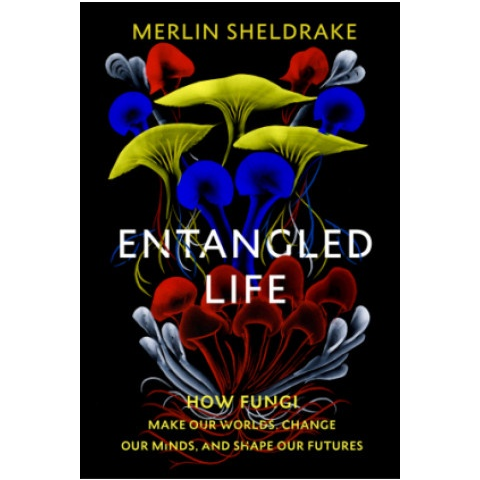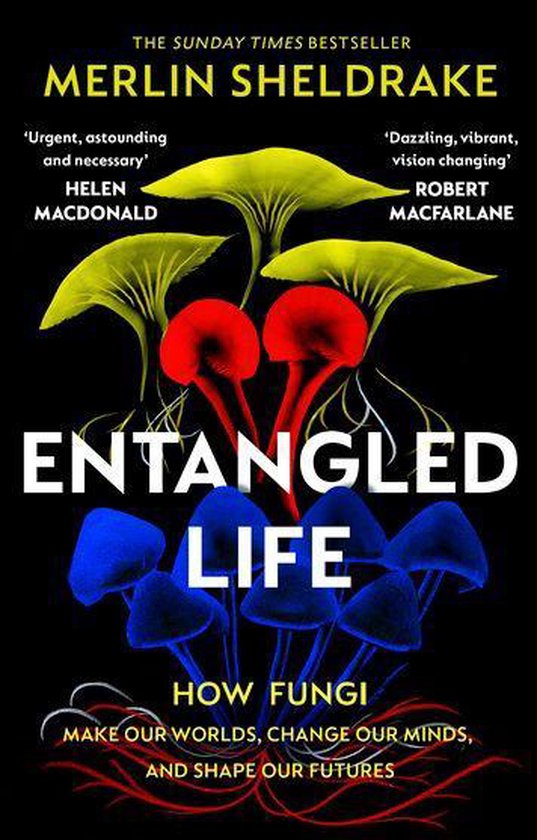

Sheldrake’s book is a poetic letter to the associates we never knew we had. And they serve as a platform for, and partner in, almost every aspect of life. Fungal species count in the millions-the true number is unknown. And perhaps it’s time we reevaluated our time-honored notions of individuality, autonomy, and self.įungi communicate with humans, animals, and plants through scent.In his book Entangled Life, scientist Merlin Sheldrake introduces us to vastly underappreciated players in the story of our planet. Perhaps we, like fungi, are living communities, at once individual and collective. Without them, we’d become sick or even die. Our bodies contain entire communities of bacteria, microbes, genes, and cells obtained or inherited from disparate sources. Why might this matter to us humans? After all, it’s easy for us to define our individual selves. This means mycelium is at once a single entity and a multitude of individuals. Reduce a mycelium to just one thin tube and it can regenerate the entire network. Yet, at the same time, all hyphal tips are connected to one another – you can’t dismantle a mycelial network hypha by hypha. Each tip operates individually there is no leader or central command center. On one hand, we can view each mycelial network as a swarm of hyphal tips. But try to answer this question: Are mycelial networks individuals or collectives? Often, the purpose of these fruiting bodies is to disperse reproductive spores. Slice open a mushroom and you’re looking at the very same material that makes up the rest of the mycelium. But hyphae also form into fruiting bodies like mushrooms. When hyphae grow, branch, and tangle, they form the dense network known as mycelium. The key message here is: Fungi challenge our conceptions of intelligence and individuality.įungi are a form of network-based life, made up of a collection of thin tubes called hyphae. Does that mean it lacks intelligence? Or could it be that Physarum and other fungi do possess intelligence – just a completely different kind of intelligence from humans? Physarum is able to navigate its surroundings and make decisions despite having no brain or central nervous system.

Remarkably, its network resembled Tokyo’s existing rail system almost identically. After just one day, the slime mold figured out the quickest route among the oat flakes.

Oat flakes, which the fungus could use as food, were used to mark out major urban hubs, while harmful bright lights signified obstacles like mountains. In one experiment, Japanese researchers placed Physarum in petri dishes modeled on the Greater Tokyo area. When faced with a labyrinth, it’s able to compare different courses of action and determine the most efficient way out. The slime mold Physarum polycephalum is a deft problem-solver.


 0 kommentar(er)
0 kommentar(er)
